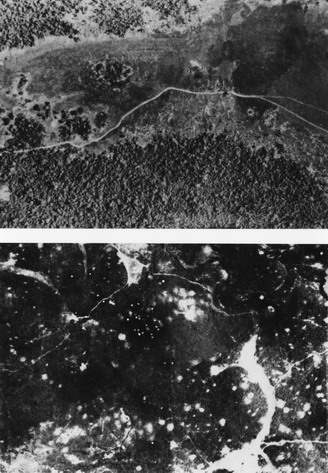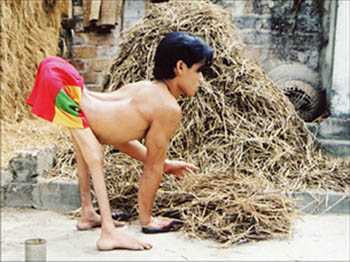The exhibition comprises 100 photos, 10 documents and 20 artefacts.
During the Vietnam War, the U.S. military used their most modern and potent weapons, including chemical ones. Particularly, they launched the “Ranch Hand” campaign in ten years (1961-1971), pouring down areas which are now central and southern Vietnam about 80 million litres of defoliants, 65 percent of which was Agent Orange, and they contained 366kg of a highly poisonous chemical named dioxin. The defoliants contaminated 2.6 million hectares of land, causing serious health impacts on an estimated 2.1 to 4.8 million Vietnamese and their future generations, including cancers, congenital deformities and a range of other functional disorders. On the other hand, the sprayed Agent Orange and other defoliants also left behind significantly affected veterans of the U.S. and its allies who made it back from the Vietnam War.
The War was over, but grim legacies of Agent Orange are still lingering. The struggles against the U.S. government and chemical companies, as well as for the justice of Agent Orange victims have been widely supported by international communities.
.jpg)
A C-123 Provider, a U.S. military transport aircraft, spraying Agent Orange over Vietnamese jungle.

Ma Da forest (Dong Nai province) before and after defoliant spaying

23-year-old Le Van Hung in Dong Thinh commune, Dong Son district, Thanh Hoa province